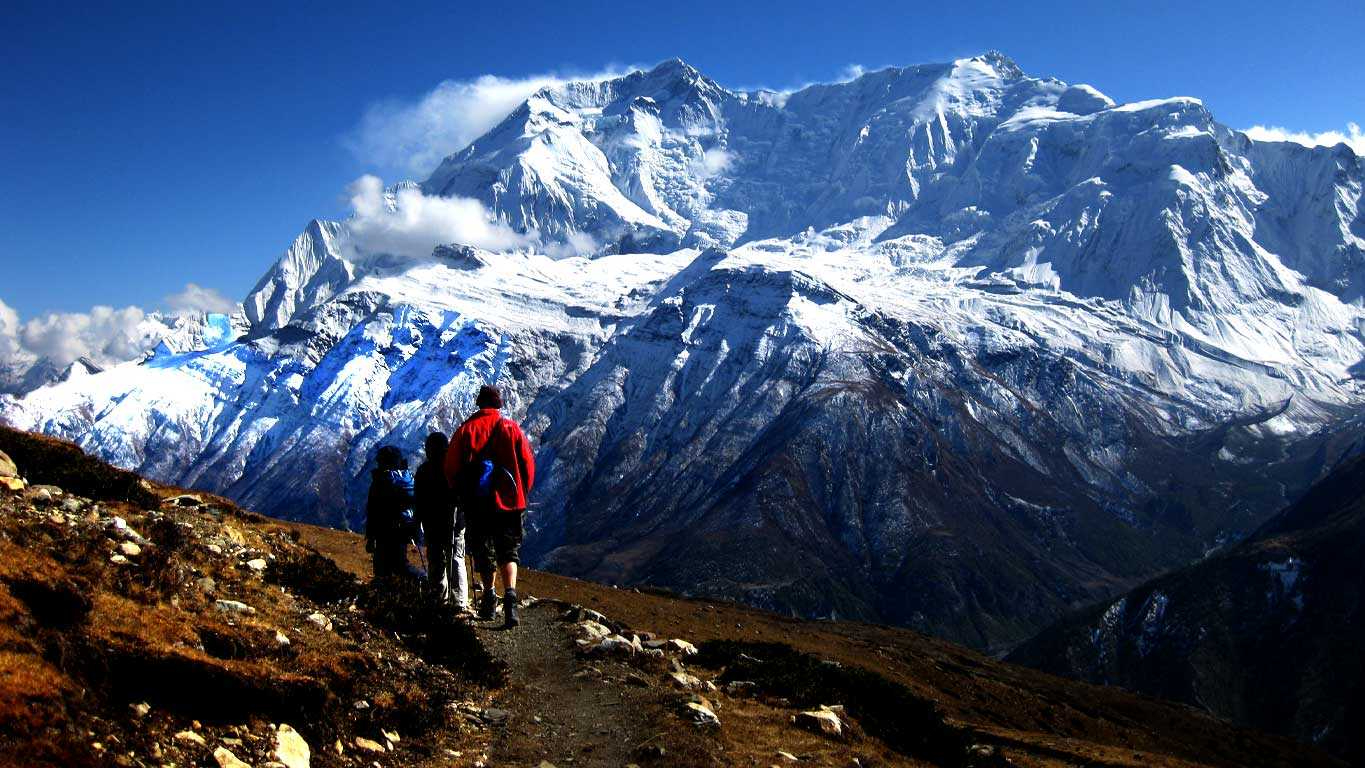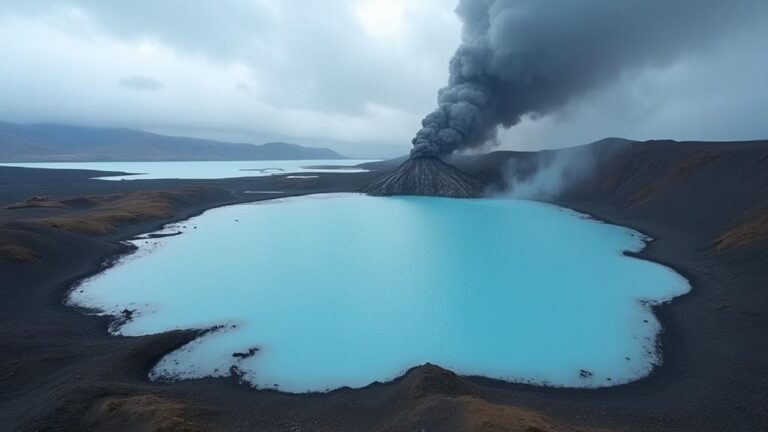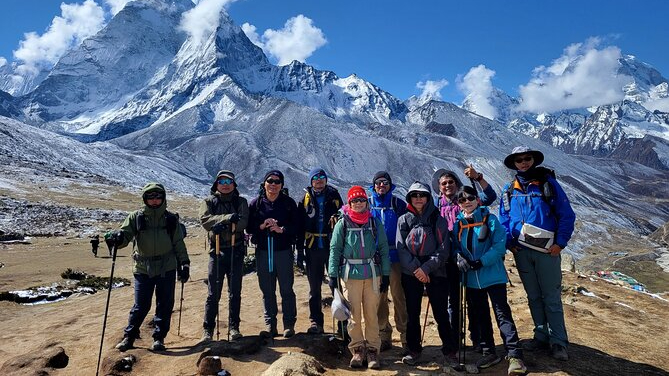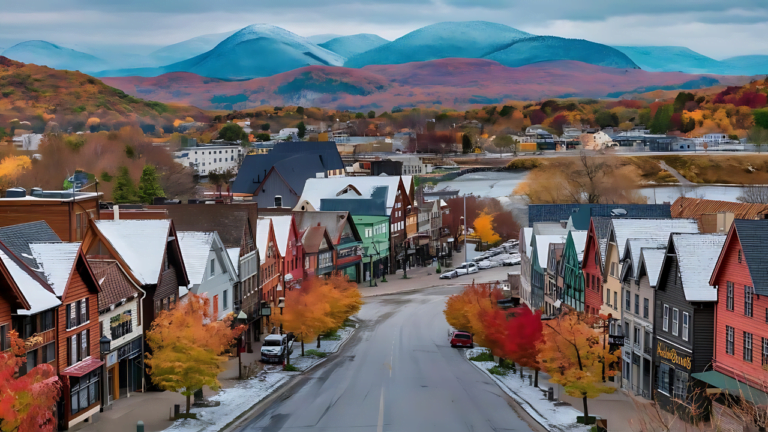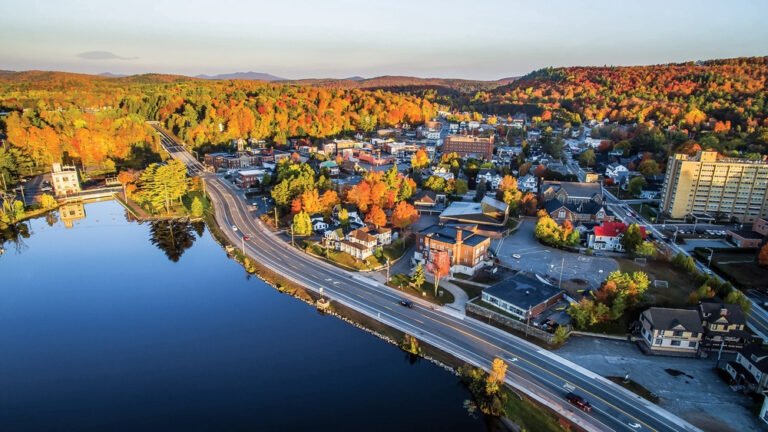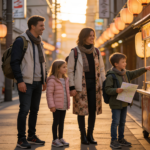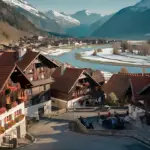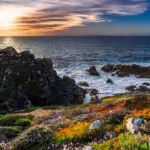Dreaming of Nepal? You’re not alone. We’ve been twice and can’t wait to return. The allure of the Himalayas, the world’s most formidable mountain range, is irresistible. While these majestic peaks stretch across India, China, Tibet, Bhutan, and Nepal, it’s Nepal that offers the most accessible routes. Sure, this accessibility means more tourists, but trust us, it’s worth it.
Nepal is a trekking paradise with trails catering to different preferences and skill levels. Here’s a comprehensive guide to seven of the best trekking in Nepal, each with its unique charm and challenges. This guide focuses on overnight adventures, so if you’re looking for day hikes, you might want to explore other options.
Contents
- 0.0.1 1. Three Passes Trek: The Ultimate Challenge
- 0.0.2 2. Everest Base Camp Trek: A Bucket List Classic
- 0.0.3 3. Manaslu Circuit: The Rising Star
- 0.0.4 4. Langtang Valley: A Short but Sweet Adventure
- 0.0.5 5. Poon Hill: The Perfect Short Trek
- 0.0.6 6. Annapurna Circuit: A Long-Distance Classic
- 0.0.7 7. Upper Mustang: A Step Back in Time
- 0.1 Still Seeking Adventure?
- 1 Traveling Tips for the Best Trekking in Nepal
- 2 Conclusion: Embark on the Best Trekking in Nepal
1. Three Passes Trek: The Ultimate Challenge

Location: Sagarmatha National Park, Northeastern Nepal
Imagine trekking through three spectacular passes—Kongma La, Cho La, and Renjo La—while also catching a glimpse of the iconic Everest Base Camp. This trek is the ultimate adventure, offering the best bang for your buck in terms of scenery and experience.
Getting There: Most trekkers start from Lukla, accessible via flights from Kathmandu. Alternatively, you can take an all-day bus to Jiri, Salleri, or Paplhu, adding to your trek but saving money and giving you a chance to experience the lush, lower elevations.
Duration & Distance: 13 to 25 days covering over 160 km, depending on your chosen side trips and starting point. Rapid altitude changes make it dangerous to rush through this trek.
Pros:
- Unparalleled views of Mount Everest and other peaks
- Fewer tourists compared to the main Everest Base Camp trail
- Flexible route with opportunities for various side trips
- Teahouses offering beds and food, or the option to camp
- No guide required, though available if desired
- Affordable permits (~$50)
Cons:
- Still a popular trail, so expect some crowds
- Challenging passes unsuitable for beginners
- High altitude presents significant risks
- Expensive and often delayed flights to Lukla
Ideal For: Adventurers with time, stamina, and a desire to see the best mountain scenery Nepal has to offer.
2. Everest Base Camp Trek: A Bucket List Classic
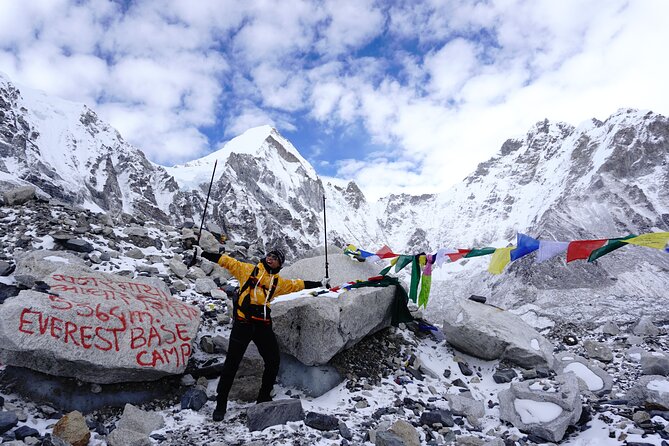
Location: Sagarmatha National Park, Northeastern Nepal
The Everest Base Camp trek is a dream for many, offering stunning views and a well-maintained trail. However, be prepared for crowds, as it’s one of the most popular treks in Nepal.
Getting There: Similar to the Three Passes trek, starting from Lukla or taking a bus to Jiri or Salleri.
Duration & Distance: Approximately 130 km over 10 days, with options to extend through the Gokyo Valley. Proper acclimatization is crucial.
Pros:
- Iconic views of Mount Everest and surrounding peaks
- Quickest route to Base Camp without a helicopter
- Suitable for hikers with basic fitness levels
- Teahouses along the route
- No guide necessary, though available
Cons:
- Extremely crowded, diminishing the wilderness experience
- Repetitive route unless you opt for the Gokyo Valley extension
- High altitude dangers
Ideal For: Novice trekkers eager to see Everest and experience a classic Himalayan trek.
3. Manaslu Circuit: The Rising Star
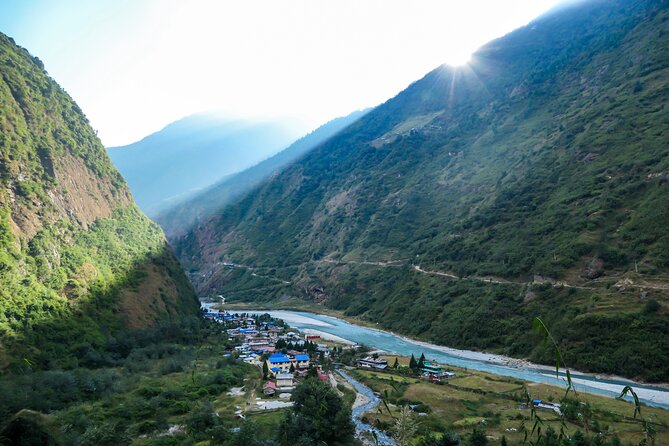
Location: Central Nepal, halfway between Kathmandu and Pokhara
The Manaslu Circuit is gaining popularity as a less crowded alternative to the Everest and Annapurna regions. With breathtaking views of Manaslu, the world’s 8th highest mountain, this trek offers a unique blend of adventure and tranquility.
Getting There: Begin in Sotikhola and end in Dharapani. Both towns are accessible by public bus or jeep, which take all day to reach.
Duration & Distance: Around 130 km over 15 days.
Pros:
- Less touristy with a remote feel
- Close to Kathmandu
- No need for domestic flights
- Good infrastructure with teahouses and trails
- No repetitive routes
Cons:
- Requires a guide
- Increasing popularity could reduce its remote charm
- High altitude risks
Ideal For: Trekkers looking for an off-the-beaten-path experience with a mix of cultural and natural beauty.
4. Langtang Valley: A Short but Sweet Adventure
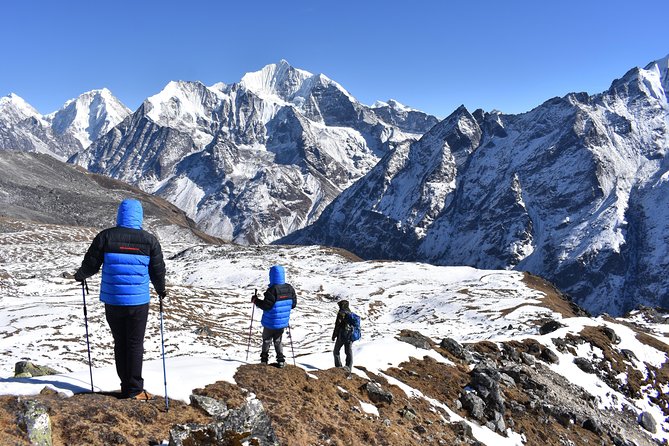
Location: 80 km north of Kathmandu
The Langtang Valley trek offers a more intimate experience with fewer tourists and cheaper prices. Despite being devastated by the 2015 earthquake, the area is rebuilding and welcoming trekkers.
Getting There: A full-day bus ride to Syabru Bensi, the starting point. Alternatively, extend the trek to end in Melamchigaon or Timbu for a shorter return bus trip.
Duration & Distance: 60 km over 4 days, with possible extensions.
Pros:
- Stunning mountain views
- Close to Kathmandu
- Fewer tourists
- Affordable
- Cultural immersion with friendly locals
Cons:
- Full-day bus ride to the trailhead
- Limited guesthouse options due to rebuilding
- No iconic peaks
Ideal For: Those with limited time seeking a less-touristy trek close to Kathmandu.
5. Poon Hill: The Perfect Short Trek
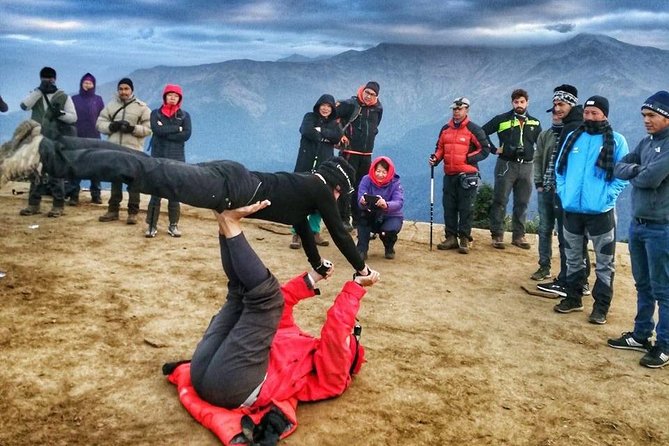
Location: Near Pokhara, Northwestern Nepal
For those short on time, Poon Hill offers breathtaking views of the Annapurna massif without the high altitude challenges. It’s perfect for a quick yet rewarding trekking experience.
Getting There: A flight or bus to Pokhara, followed by a short bus ride to Nayapul. Hire a jeep for a shorter trek.
Duration & Distance: 50 km over 3-6 days, depending on your route.
Pros:
- Spectacular views
- Easy access and reliable transportation
- Suitable for most hikers
- Lower altitude
Cons:
- Very touristy
- Requires permits purchased in advance
- Limited camping options
Ideal For: Inexperienced hikers or those with limited time who want to experience the Annapurna region.
6. Annapurna Circuit: A Long-Distance Classic
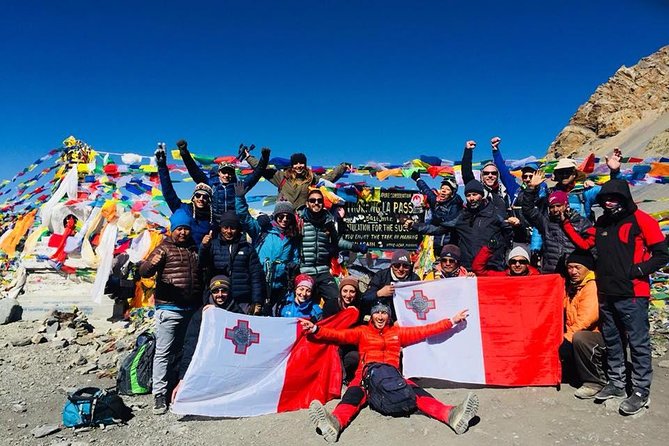
Location: Northwest of Kathmandu, near Pokhara
The Annapurna Circuit is a legendary trek known for its diverse landscapes and gradual acclimatization. Despite the new road and increasing tourist numbers, it remains a life-changing journey for many.
Getting There: Start in Beshishari and end in Nayapul, with options to shorten the trek.
Duration & Distance: Minimum of 160 km over 15-20 days.
Pros:
- Stunning views of Annapurna and surrounding ranges
- Gradual acclimatization
- Varied landscapes
- Good teahouse accommodation
- Circuit route avoiding repetitive paths
Cons:
- Road walking
- Increasing tourism
- High altitude dangers
Ideal For: Adventurous trekkers seeking a classic long-distance hike with diverse scenery.
7. Upper Mustang: A Step Back in Time

Location: Near the Tibetan border, north of Pokhara
Upper Mustang offers a glimpse into the Nepal of 30 years ago with its unique Tibetan plateau landscapes and fewer tourists. However, this exclusivity comes at a high cost.
Getting There: Usually involves flights to Jomsom due to the challenging bus route.
Duration & Distance: Around 160 km over 15 days.
Pros:
- Authentic cultural experience
- High-quality food and accommodation
- Unique Tibetan landscapes
- Lower altitude
Cons:
- Expensive permits (~$500)
- Guide required
- Long journey to the region
Ideal For: Trekkers willing to splurge for a unique cultural and scenic experience without the high altitude challenges.
Still Seeking Adventure?
If these treks don’t satisfy your thirst for adventure, consider exploring the Makalu Base Camp trek in eastern Nepal, or the Dolpo Valley and Rara Lake treks in western Nepal. These remote and challenging treks promise unforgettable experiences.
Traveling Tips for the Best Trekking in Nepal
When planning your trekking adventure in Nepal, a few tips can enhance your experience and ensure a safe and enjoyable journey. Here are some essential pointers:
1. Plan Your Trekking Season
The best trekking in Nepal occurs during the pre-monsoon (March to May) and post-monsoon (September to November) seasons. These periods offer stable weather and clear skies, perfect for viewing the majestic Himalayan peaks.
2. Prepare for Altitude
Acclimatization is crucial when trekking at high altitudes. Gradually increase your altitude to avoid altitude sickness. Incorporate rest days into your itinerary and stay hydrated. Diamox can also help prevent altitude sickness, but consult your doctor before taking any medication.
3. Pack Wisely
Pack lightweight, high-quality gear suitable for varying temperatures. Essentials include a good pair of trekking boots, layered clothing, a warm sleeping bag, a waterproof jacket, and a first aid kit. Don’t forget trekking poles, which can be lifesavers on steep descents.
4. Stay Hydrated and Eat Well
Maintaining good hydration and a balanced diet is vital. Drink purified water, which is available at most teahouses. Eat high-energy foods such as nuts, dried fruits, and energy bars to keep your energy levels up.
5. Respect Local Culture
Nepal is rich in cultural diversity. Respect local customs and traditions, greet locals with a friendly “Namaste,” and be mindful of your behavior, especially in religious sites.
6. Get the Right Permits
Ensure you have all necessary permits before starting your trek. Popular trekking routes often require TIMS (Trekkers’ Information Management System) cards and permits for conservation areas or national parks. These can be obtained in Kathmandu or Pokhara.
7. Hire a Guide or Porter
While independent trekking is possible on some trails, hiring a guide or porter can enrich your experience. Guides offer local insights and ensure your safety, while porters ease the physical burden, allowing you to enjoy the trek more fully.
8. Stay Connected
While remote, many trekking routes offer basic connectivity. Carry a local SIM card for emergency calls and consider downloading offline maps. Let someone know your trekking plan and expected return date.
9. Be Environmentally Conscious
Nepal’s trekking trails are beautiful but fragile. Practice Leave No Trace principles by carrying out all trash, using biodegradable soap, and staying on marked trails to protect the environment.
Conclusion: Embark on the Best Trekking in Nepal
Nepal is a trekker’s paradise, offering some of the best trekking experiences in the world. Whether you seek the challenge of the Three Passes Trek, the cultural richness of the Manaslu Circuit, or the tranquil beauty of the Langtang Valley, Nepal has a trail that will meet your desires.
Embracing the tips above will ensure that your trekking adventure is safe, enjoyable, and respectful of the local environment and culture. From the towering peaks of the Himalayas to the vibrant local communities, each trek in Nepal promises an unforgettable journey through some of the most stunning landscapes on Earth.
So, lace up your boots, pack your gear, and get ready to discover why Nepal is considered one of the best trekking destinations. Each step you take will bring you closer to the breathtaking beauty and profound serenity that only the Himalayas can offer. Happy trekking!

